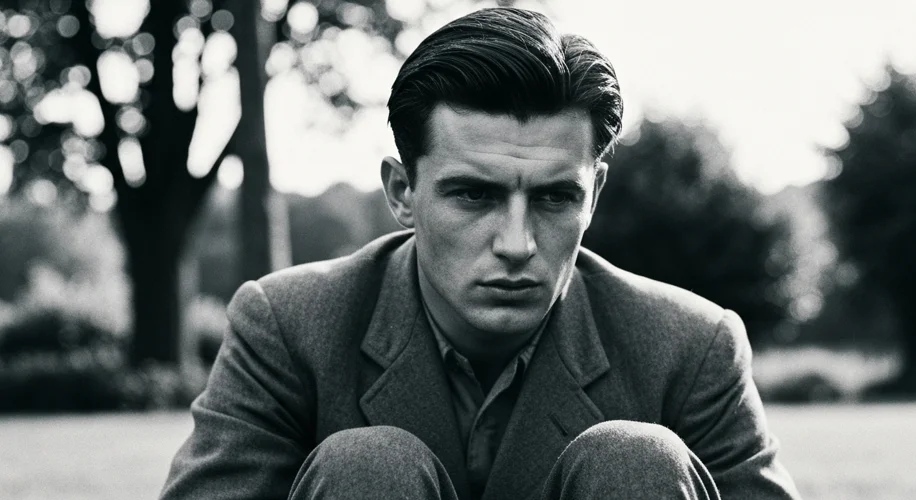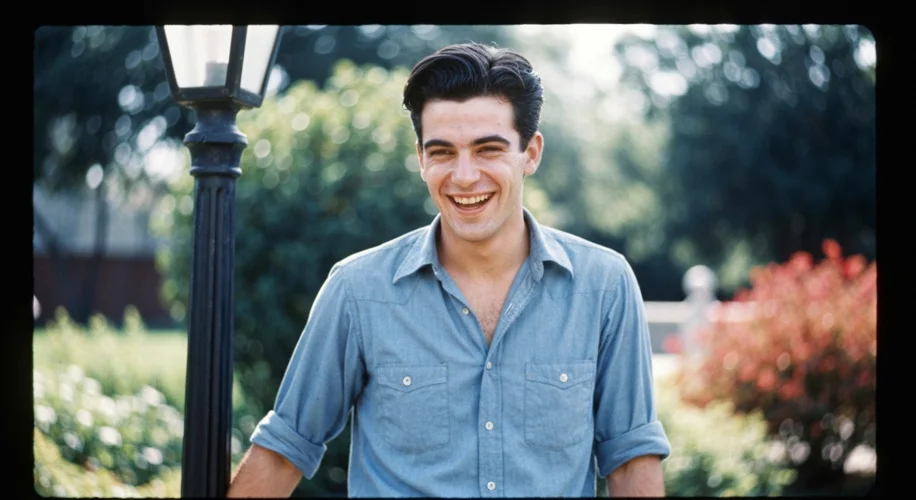In the hushed halls of the National Archives, amidst the stark realities of Nazi Germany, lie intimate glimpses into the private life of Eva Braun. Among these, her meticulously kept photo albums offer a unique, albeit often sanitized, window into the world of Adolf Hitler’s companion. Yet, within these carefully curated pages, a curious enigma persistently surfaces: the image of an unidentified young man, a recurring figure whose presence has long puzzled historians and amateur sleuths alike.
Eva Braun, a seemingly ordinary Bavarian woman, found herself inextricably linked to one of history’s most reviled figures. Her life, particularly in the shadow of the Führerbunker, remains a subject of fascination, often romanticized or demonized depending on the narrative. Her photo albums, gathered by American forces after the war, were intended to shed light on her personal life, offering a stark contrast to the public image of Hitler. They showcase a woman enjoying simple pleasures: posing with friends, hiking in the Bavarian Alps, and celebrating holidays. Yet, the persistent presence of this unknown young man injects a note of intrigue, hinting at a dimension of Eva’s life that may have remained hidden, even from the public eye.

Who was this man? The question has been a lingering whisper among those who have studied Braun’s personal effects. He appears in various settings, often in candid moments, suggesting a degree of familiarity with Eva and her inner circle. Was he a childhood friend, a fleeting romance before Hitler, or perhaps someone connected to the periphery of the Nazi regime? The very ordinariness of his appearances—a smile here, a thoughtful gaze there—makes him all the more enigmatic. He is not adorned with swastikas or party insignia; he is simply a young man in Eva’s photographs.
The context of the albums is crucial. Eva Braun, conscious of her role as Hitler’s mistress and later wife, was selective about what she preserved. These albums, for the most part, present a carefully constructed image of normalcy and happiness, a deliberate counterpoint to the brutal machinations of the Nazi state. The presence of this unnamed individual, therefore, is not an accident; it suggests a connection deemed significant enough by Eva to be included in her personal chronicle. Some theories propose he was a member of the SS who served as a discreet bodyguard, his constant presence a sign of security rather than intimacy. Others have speculated about a past love interest, a lingering memory from a time before the overwhelming shadow of Hitler consumed her life.
Unfortunately, the historical record offers few definitive answers. The sheer volume of documentation from the Nazi era, vast as it is, often leaves individual lives shrouded in mystery. While Hitler’s every move was documented, the lives of those closest to him, particularly Eva, were more private. The mystery man’s story remains intertwined with Eva’s own, a quiet subplot in the grand, tragic narrative of the Third Reich. His repeated appearances invite speculation, forcing us to consider the complexities of human relationships, even within the most abnormal of circumstances. Could Eva Braun, in her own way, have maintained a semblance of a personal life, a space where individuals existed outside the all-encompassing ideology of Nazism?
The enduring appeal of this mystery lies in its ordinariness. In a regime defined by its extremity, the image of a young man in Eva Braun’s album represents a human element, a question mark hanging over the carefully constructed facade. It reminds us that even in the darkest chapters of history, personal connections, however fleeting or complex, continue to intrigue and challenge our understanding of the past. The identity of Eva Braun’s mystery man may forever remain elusive, a silent testament to the private lives hidden within the glare of historical notoriety.

